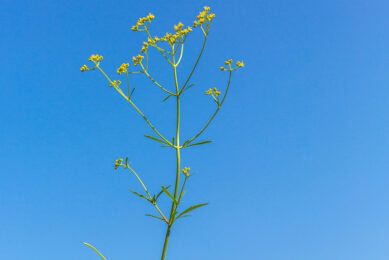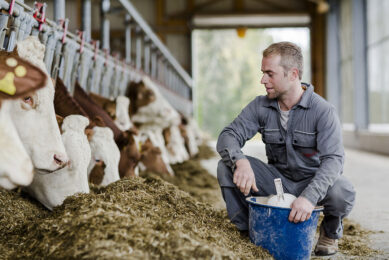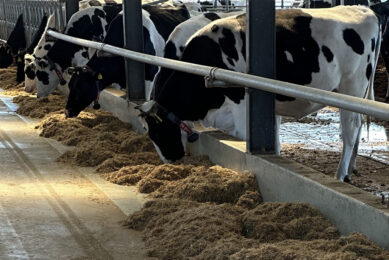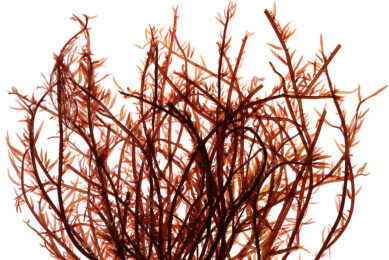Keeping birds’ body temperature in the thermoneutral zone
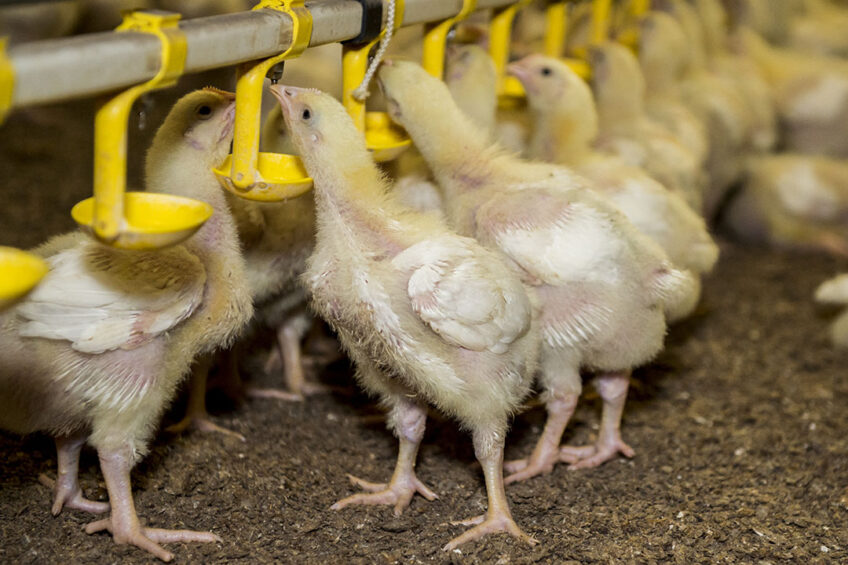
The average temperature on earth is expected to increase by 1.5-3°C this century, with serious impacts on nature. This will also affect the global poultry industry by increasing the potential for heat stress. Chickens cannot sweat, as we all know. So how do chickens lose heat, and how can we prevent heat stress?
Depending on the environment, birds can constantly lose heat to the environment through radiation, convection and conduction (Figure 1). When the bird breathes, a small amount of cooling is constantly occurring by evaporation. However, when environmental temperatures approach the body heat threshold, birds will pant to actively enhance this cooling method. Panting will lead to an increase in blood pH and may lead to respiratory alkalosis.
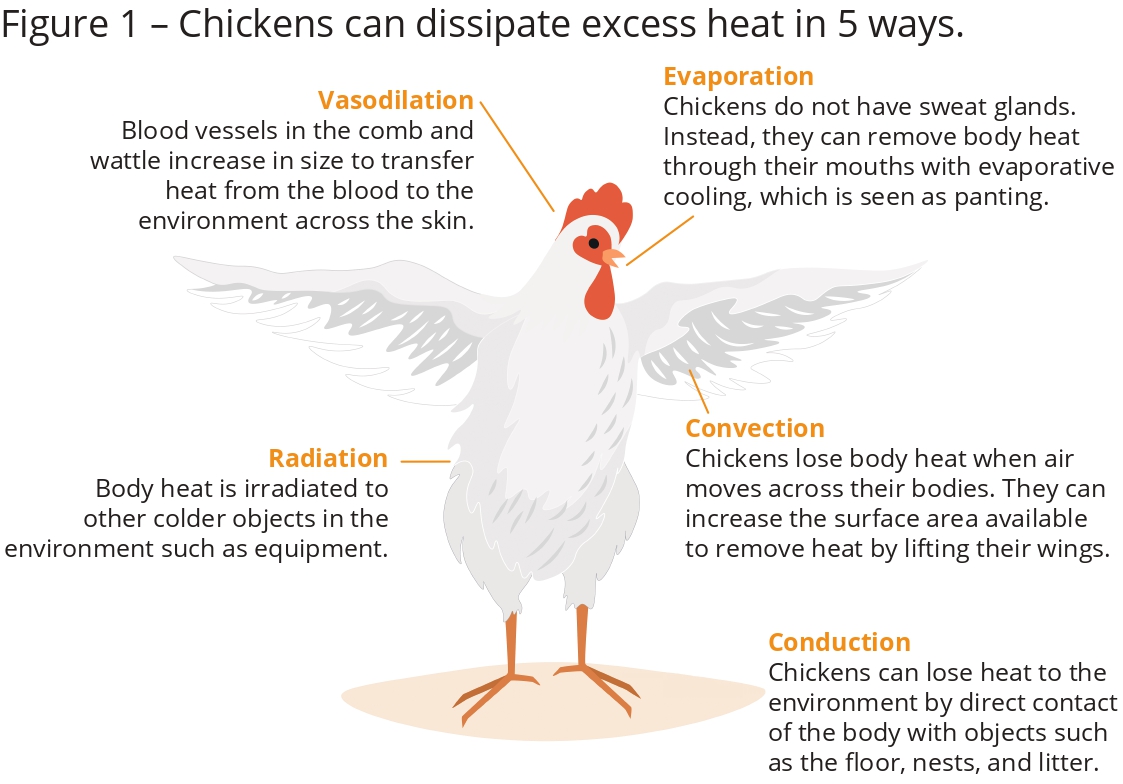
Subsequently, metabolic pathways can switch to correct the blood pH, which can lead to an increase in oxidants. The resultant oxidative stress can compromise the immune system. In short, panting is a sign of heat stress that will affect welfare and performance. Adjusting the dietary electrolyte balance in the feed can be very helpful in increasing the blood buffering capacity to prevent respiratory alkalosis.
The blood in the body is cooled through vasodilation and heat exchange. Heat exchanges from arterial to venous blood in the legs and head (wattles, comb). The artery and the vein lie next to each other and exchange heat. Hot arterial blood can transfer its heat to cooler venous blood through conduction. The venous blood flow in the skin, mainly in the feet and head (wattles, combs), will transfer heat to the environment and so decrease blood temperature. When the blood returns to the heart, this cooler venous blood will exchange heat with its environment and rise in temperature.
The bird can also dissipate heat efficiently through the skin due to arterial-venal heat exchange, which are connections between small arteries and veins. A correctly designed ventilation system will promote heat elimination through the skin to the air and from the air out of the barn. The higher the airspeed, the higher the temperature difference between skin and air. In addition, the lower the air’s relative humidity (RH), the more efficient the heat exchange will be.
Body heat
Body heat production is controlled by body metabolism and feed intake. The chicken’s basal metabolic rate (BMR) is the amount of energy needed to maintain its body weight. Since activity and energy expenditure decrease at night, the BMR decreases in the dark period. However, the birds will be sitting and lose less heat by conduction through the legs and feet. Heat may also build up in the litter under the bird.
It is important to note that even though ambient temperatures and BMR may decrease at night, cooling is still needed. In hot weather, be prepared to override the controller system to ensure sufficient ventilation longer and later into the evening to keep birds cool.
The amount and type of feed eaten by the birds can also impact body heat. For example, broiler breeders only eat once a day and right after eating, their metabolic heat production increases significantly. To cool the birds, make sure all fans are running 1 hour before feeding and leave them on for 2 hours after clean-up. Broilers will expend more energy eating a mash feed than a pelleted feed. A good quality pellet is recommended for broilers.
Adjusting to the environment
Within the thermoneutral zone there is a comfort zone (Figure 2). This is the temperature range within which the bird performs best and does not need any extra physical or behavioural measures to maintain body temperature.
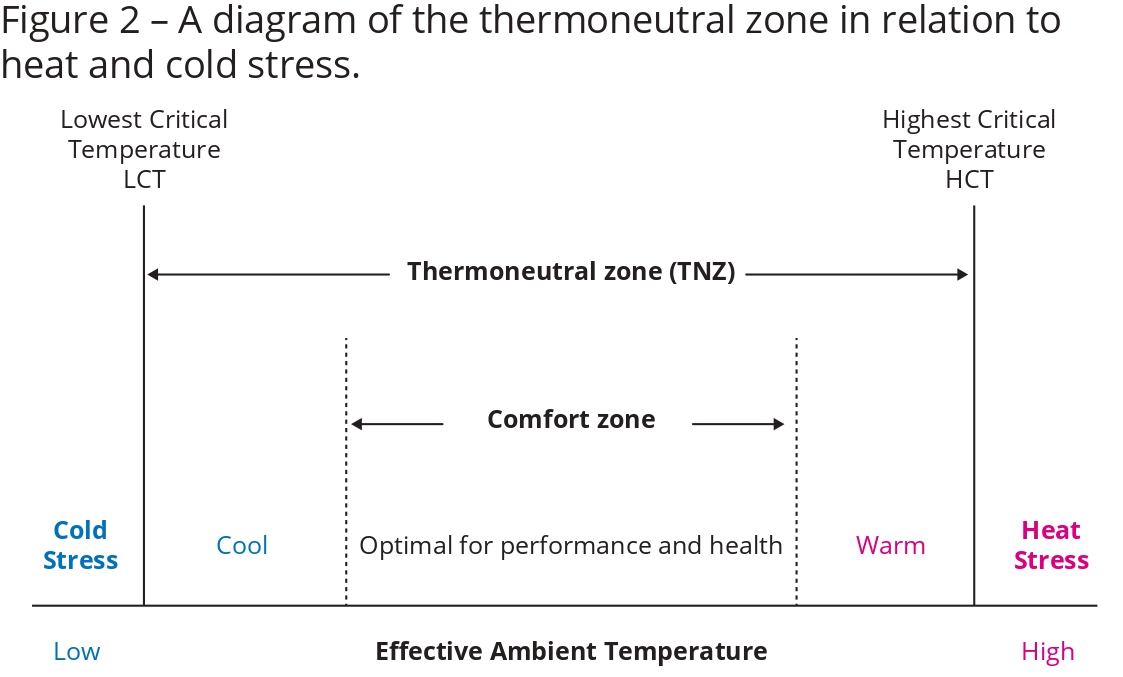
When the body temperature comes close to the highest critical temperature (HCT), evaporation will become more and more important. Evaporation takes place mainly in the upper respiratory tract. The lower the relative humidity (RH) of the air inhaled, the more water can be evaporated, thus leading to more heat loss. This is one reason why keeping RH under control is important, especially during hot weather.
Other methods to increase heat loss can also be used. Birds may stand and extend their wings to increase the surface area available for heat loss by conduction. If this is observed, it is imperative to take action to cool the birds immediately.
Conclusions
Since chickens cannot sweat, they rely on other methods to release excess body heat. Under heat stress, birds may pant or spread their wings to increase heat elimination. Use proactive management strategies to prevent heat stress, including good ventilation and by providing cool, fresh water. Heat stress can reduce animal welfare outcomes and performance. Therefore, any signs of heat stress should always be immediately addressed.




